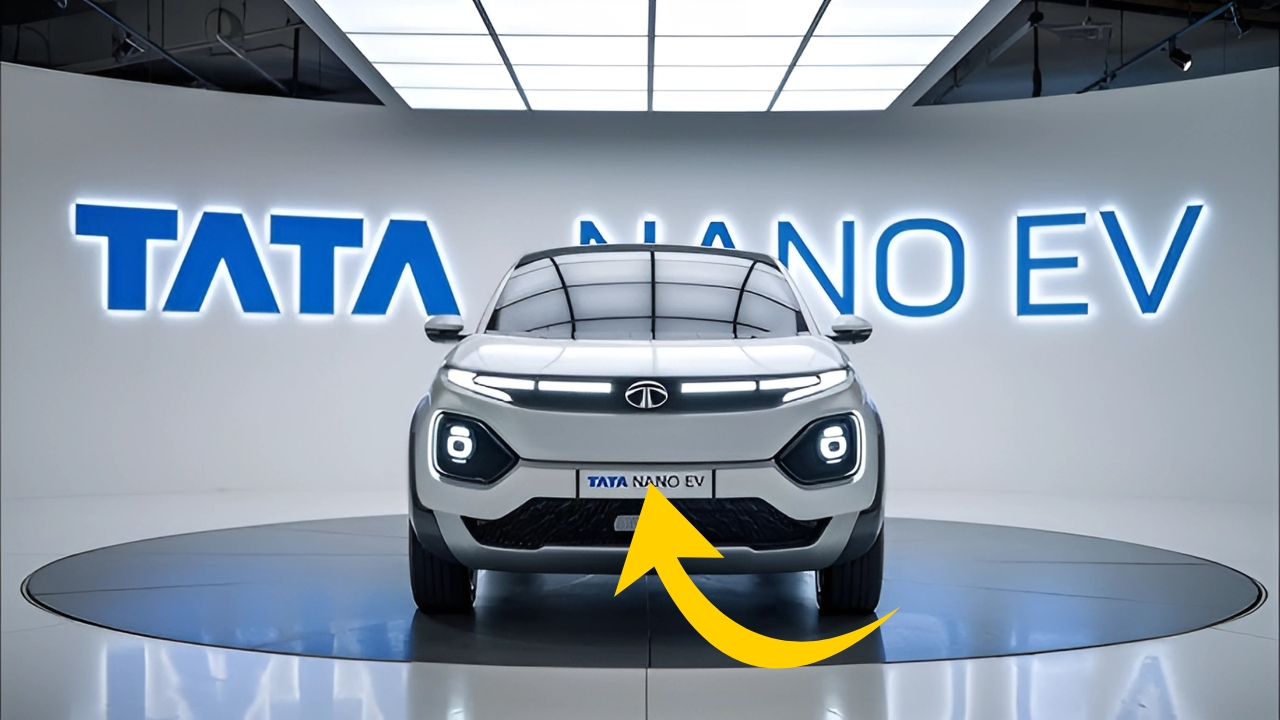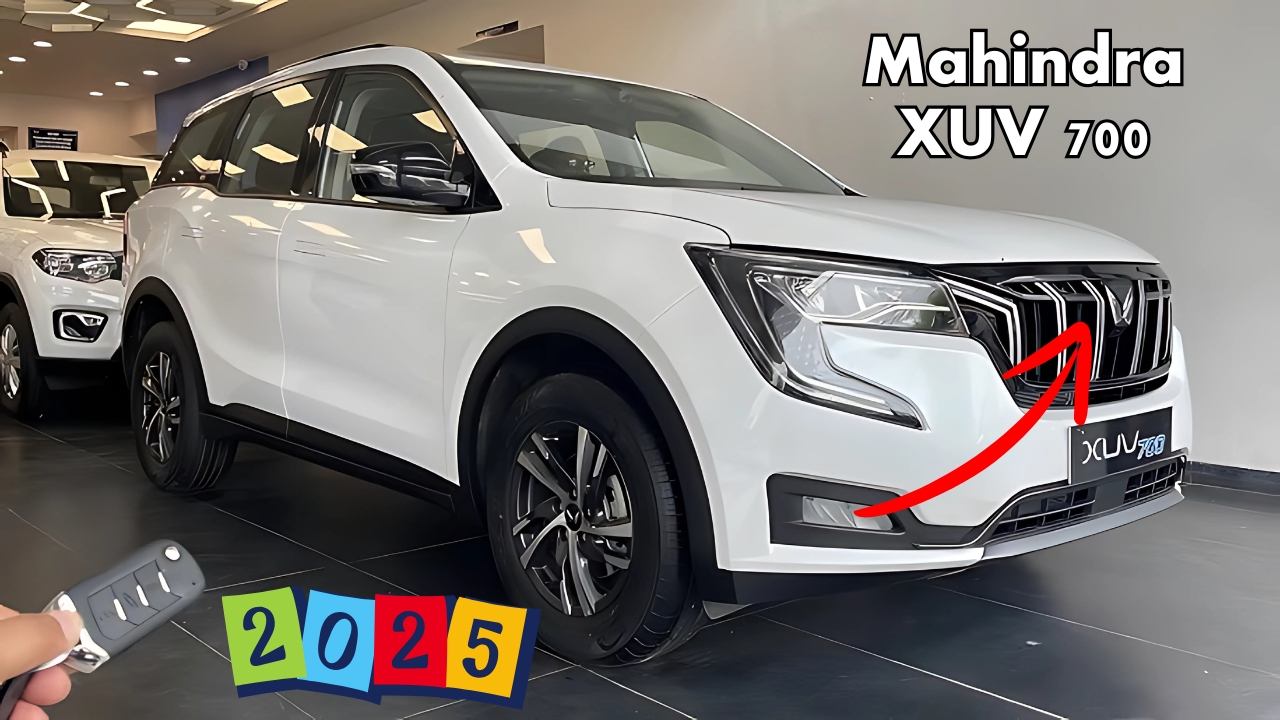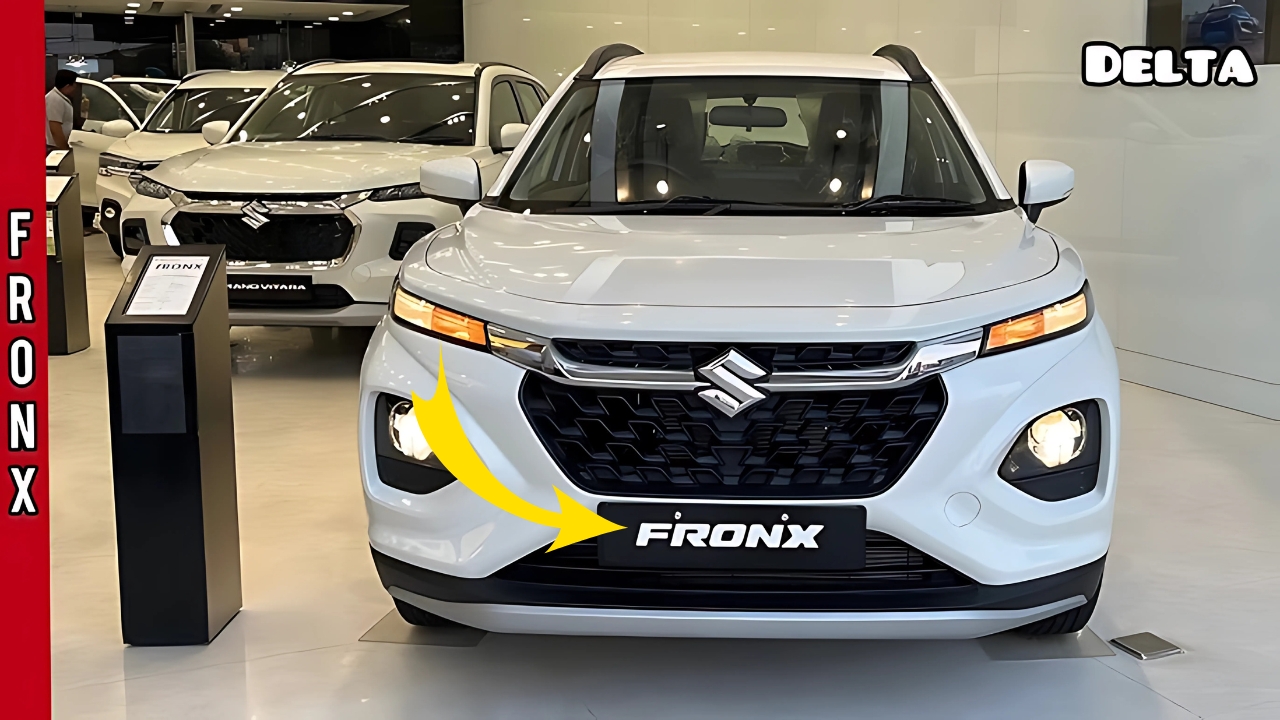Tata Nano EV : In a bold twist that has caught the attention of automotive enthusiasts, Tata Motors is reviving its legendary Nano brand as a fully electric vehicle. This new iteration is set to deliver range figures that are truly impressive for such a compact car.
The Nano EV is a significant transformation of India’s once-beloved “people’s car,” leveraging Tata’s growing expertise in electric vehicles to present a compelling solution for urban mobility.
According to insiders involved in the project, the Nano EV shares minimal mechanical similarities with its predecessor, except for its proportional designs and underlying concept.
This new model has been developed from scratch as an electric vehicle, incorporating Tata’s successful Ziptron technology, which has already proven effective in models like the Nexon EV and Tigor EV.
“This is not just an electrified variant of the original Nano,” explained a confidential source from the industry. “It’s a complete overhaul that upholds the principle of accessible transportation, all while harnessing the benefits offered by electric powertrains for smaller vehicles.”
What stands out most about the Nano EV is undeniably its range.
Engineering insiders confirm that this electric vehicle will provide an impressive range of around 250 kilometers on a single charge—placing it among the top contenders in the affordable EV sector, given its compact size.
This remarkable range is made possible by a carefully designed 21 kWh lithium-ion battery pack, which uses the latest battery cell chemistry from Tata’s technology partner.
Tata Nano EV Urban-Focused Performance
The Nano EV is expected to feature a single electric motor powering the rear wheels—a nod to the original Nano’s design—delivering about 40 horsepower and 110 Nm of instantaneous torque.
While these performance figures may seem modest, they represent a substantial upgrade from the original Nano’s capabilities and are expected to offer lively acceleration in city driving scenarios, particularly with its projected curb weight of under 750 kg.
Charging options will include standard AC charging, enabling the battery to charge from 10% to 80% in about 6 hours with a home charger. Additionally, DC fast charging will allow the same battery level to be reached in just 60 minutes, making longer trips feasible with the right planning.
Rajiv Sharma, a former engineer from Tata Motors’ electric vehicle division who is familiar with the early models, shared, “The instant torque delivery makes it feel significantly more responsive than the original Nano. Coupled with the low center of gravity thanks to the floor-mounted battery pack, it performs with impressive confidence and stability.”
Tata Nano EV Contemporary Design with Nostalgic Cues
Recent spy shots indicate that while the new Nano EV maintains dimensions akin to the original model, it has undergone a considerable design transformation to align with contemporary tastes and Tata’s latest design language.
The silhouette remains tall and narrow, maximizing interior space while hugging a compact outline, yet introduces more sculpted surfaces and modern details.
The front design incorporates features from Tata’s current electric lineup, with a closed-off grille area and blue accents that identify its electric nature.
LED lighting elements at both the front and rear give it a premium feel, while the wheel size has been upgraded to 14 inches, addressing one of the critiques of the original Nano’s smaller 12-inch wheels.
Inside, we find a minimalist dashboard featuring a 7-inch touchscreen infotainment system, accompanied by physical controls for climate functions, a sensible choice considering Indian driving conditions. Additionally, a digital instrument cluster presents vital vehicle information.
The materials and craftsmanship appear to mark a significant improvement over the original Nano, reflecting the evolving standards and expectations of consumers, even at this price range.
Tata Nano EV Urban Mobility Solution with Practical Appeal
Tata has strategically positioned the Nano EV as a practical urban mobility choice, focusing on functionality rather than simply being an entry-level vehicle.
Connected car technology will be integrated through Tata’s ZConnect app, which will allow users to monitor charge status remotely, pre-condition the cabin, and utilize geofencing features.
Safety features will include dual airbags, ABS with EBD, and electronic stability control—improvements that were absent in the original Nano, highlighting Tata’s commitment to elevating safety across its vehicle range.
Notably, the Nano EV is expected to achieve an energy consumption rate of approximately 8.4 kWh per 100 kilometers, making it one of the most energy-efficient four-wheeled passenger vehicles on the market.
This efficiency translates into remarkably low operating costs, estimated at just ₹1.20 per kilometer—about one-third the cost of petrol-powered vehicles.
Tata Nano EV Market Positioning and Timeline
Reports suggest that the Nano EV will serve as an entry point into Tata’s expanding electric vehicle range, with prices anticipated to start around ₹5 lakh post-government incentives.
This positioning could make it considerably more affordable than current electric passenger vehicles while delivering practical range for urban and suburban applications.
Production is expected to kick off in the fourth quarter at Tata’s Sanand facility, with the vehicle’s market launch slated for early next year.
The initial production capacity will be around 3,000 units per month, though this figure may be adjusted depending on the market’s response.
“The timing feels just right,” comments automotive analyst Vikram Patil. “With escalating fuel prices, an expanding charging network, and increasing environmental awareness, an affordable electric vehicle with decent range could gain significant appeal, particularly as a second family vehicle for urban households or for young professionals in need of efficient commuting options.”






